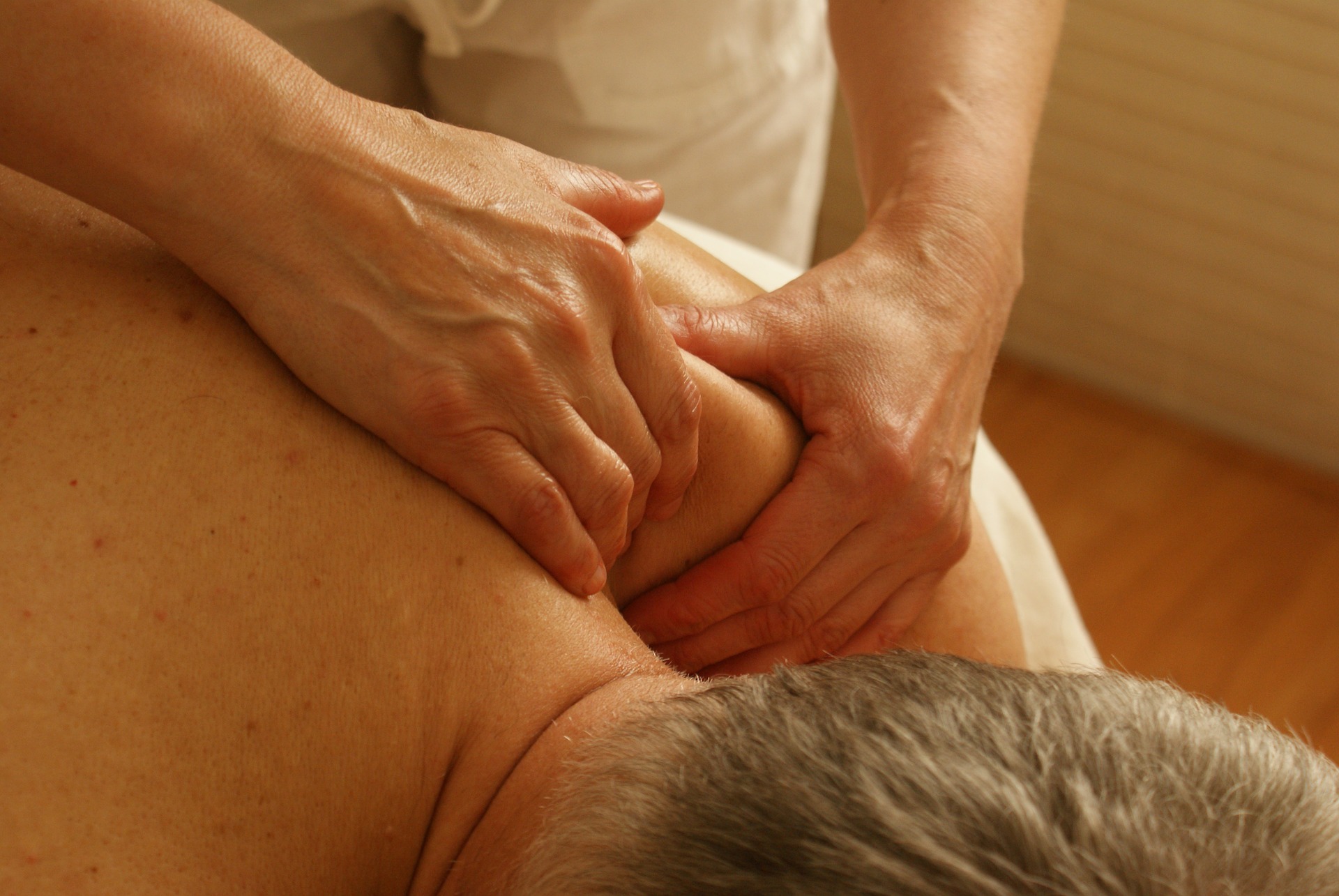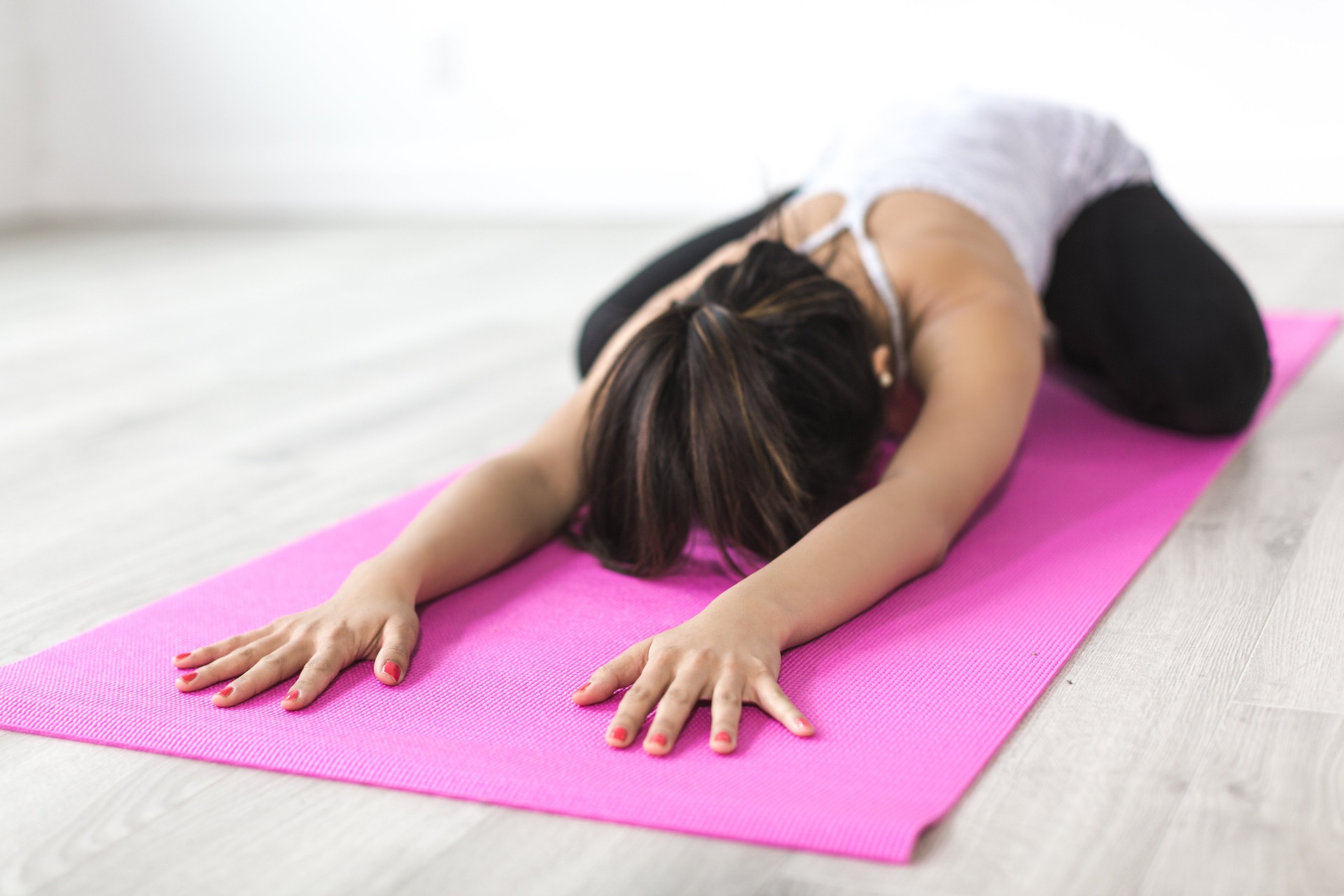
A book cover may not necessarily tell the whole story and may not accurately portray the nature of the contents within. Publishing companies pay high salaries to their marketing staff to create cover copy that will entice prospective buyers to make a purchase. But many times the book itself does not live up to the hype. Similarly, fitness clubs and weight loss programs promote their services by pitching the ideal of slim, well-toned members; happy, young people whom you would be unlikely to ever encounter during your actual real life.
Commercial pitches typically focus on the superficial characteristics of whatever is being promoted. The well-worn guidance in advertising states, "It's not the steak. It's the sizzle." But in terms of health and wellness, what's happening on the inside is what counts. It may be personally gratifying to look good, but being buff does not by itself guarantee good health.
Many cautionary tales demonstrate the accuracy of this assessment, including the untimely demise in his early 50s of a renowned long-distance runner and best-selling author of a book that celebrated the running ethos. Ensuring long-lasting health and well-being is an ongoing process and requires commitment and dedication. The general components are: healthy nutrition, regular vigorous exercise, sufficient restful sleep and a positive mental attitude.
It is likely that at various times, most of us will fail to fulfill one or more of these requirements. The key is to acknowledge that sometimes other life concerns take precedence and return to our healthy lifestyles as quickly as possible.
By incorporating healthy lifestyles in our daily activities, we train our bodies to work efficiently and effectively. The long-term result is optimal levels of health and wellness. When we eat nutritious foods, exercise regularly, and obtain necessary rest, all of our physiological systems obtain the resources they need to function well and work in harmony with every other system.
An additional support to achieving ongoing health and wellness is getting regular chiropractic care. Regular chiropractic care helps to ensure that your nerve system, your body's master system, is on the job and coordinating all of your body's internal functions that help to keep you well. By detecting and correcting spinal misalignments that are sources of nerve interference, regular chiropractic care helps you and the members of your family be healthy and achieve wellness and your other life goals.
- Griffiths K, et al: Food Antioxidants and Their Anti-Inflammatory Properties: A Potential Role in Cardiovascular Diseases and Cancer Prevention. Diseases 2016 Aug 1;4(3). pii: E28. doi: 10.3390/diseases4030028
- Saragiotto BT, et al: Motor control exercise for chronic non-specific low-back pain. Cochrane Database Syst Rev 2016 Jan 8;(1) doi: 10.1002/14651858.CD012004
- Nowakowski S, et al: Sleep characteristics and inflammatory biomarkers among midlife women. Sleep 2018 Mar 30 doi: 10.1093/sleep/zsy049. [Epub ahead of print]


